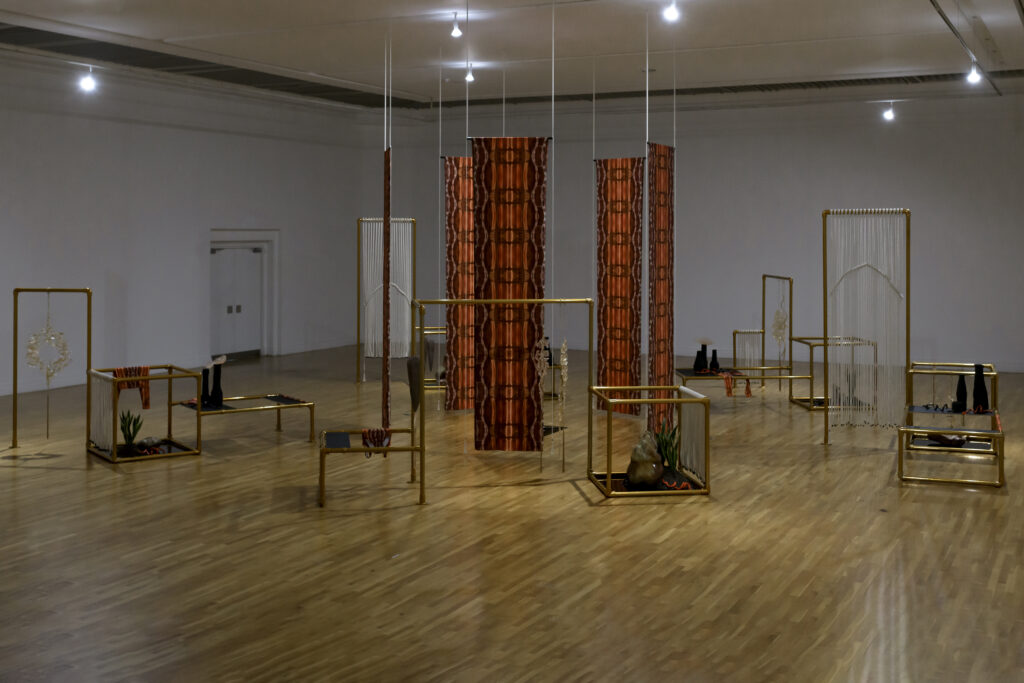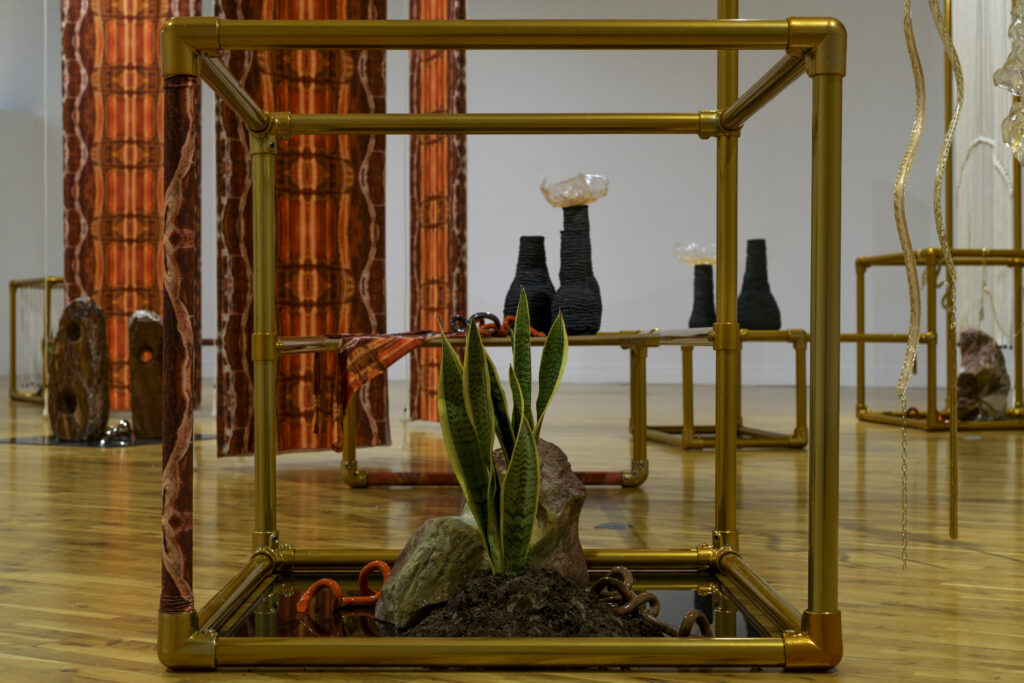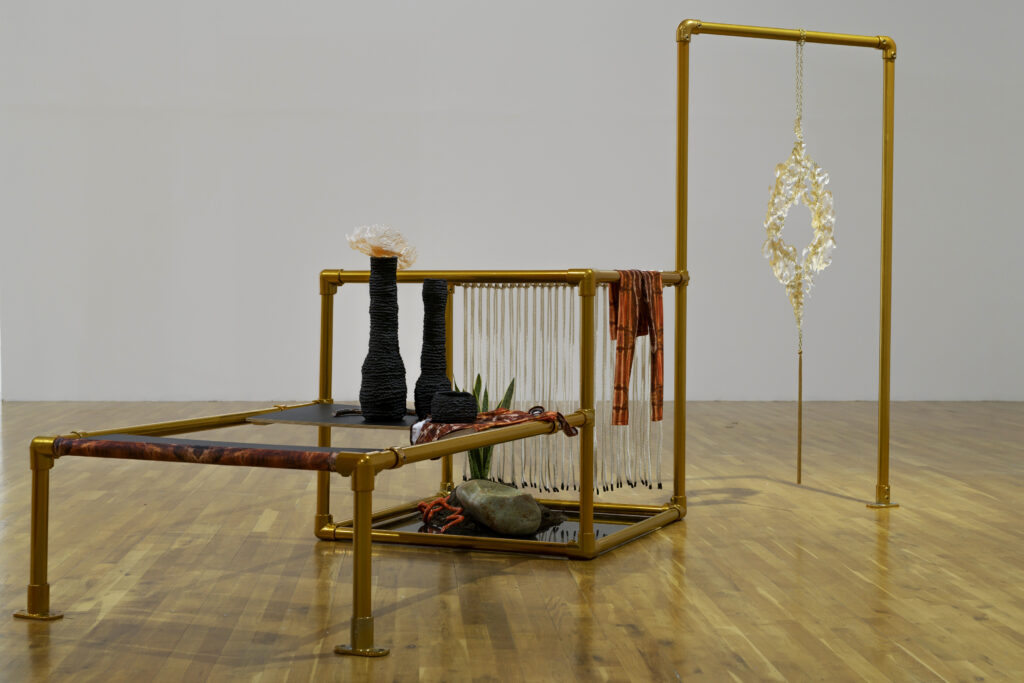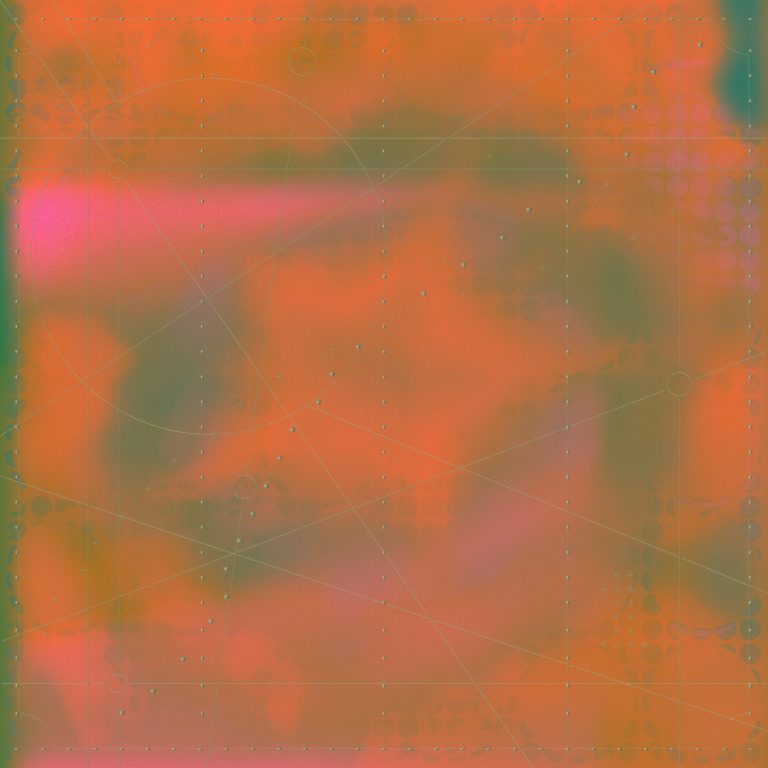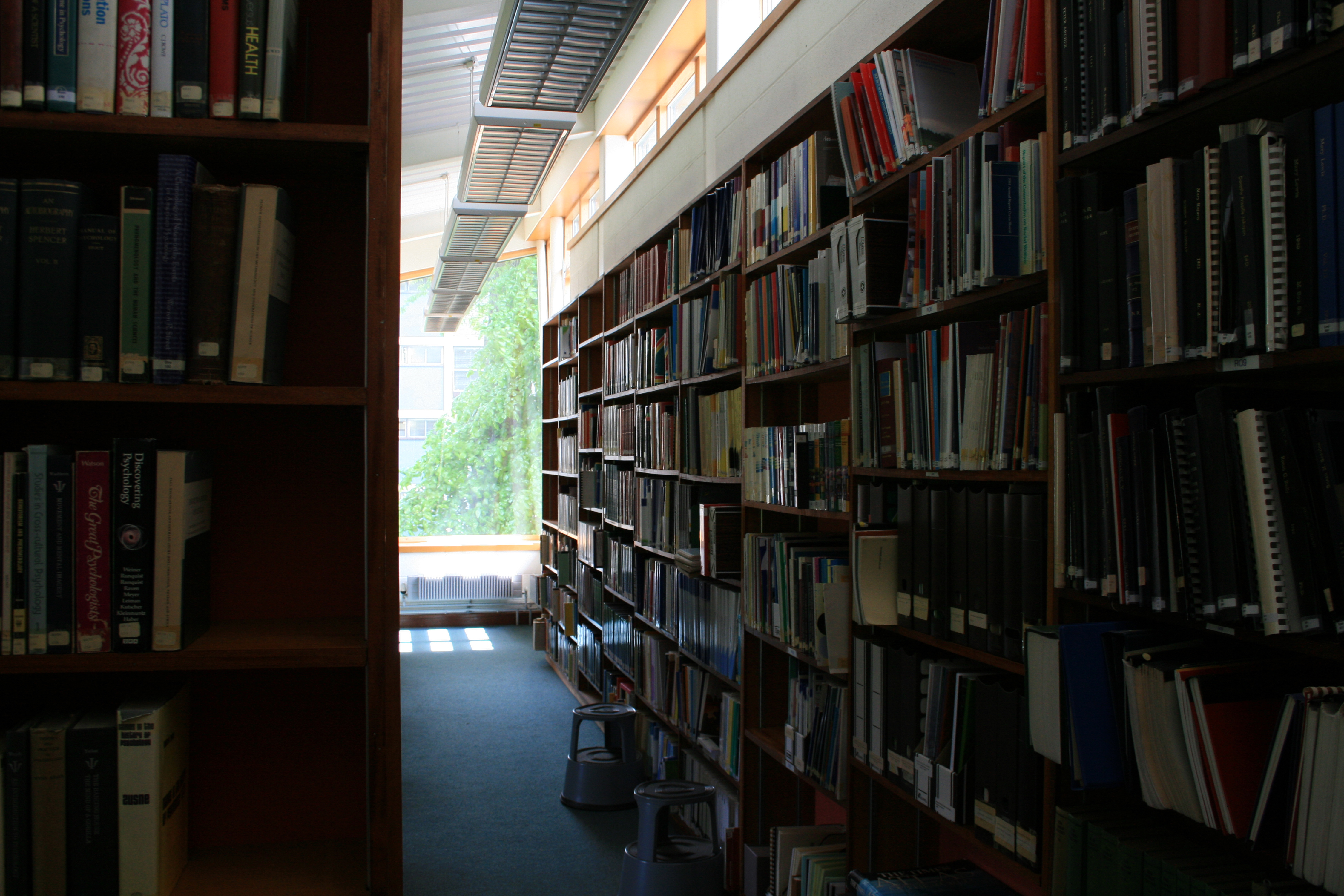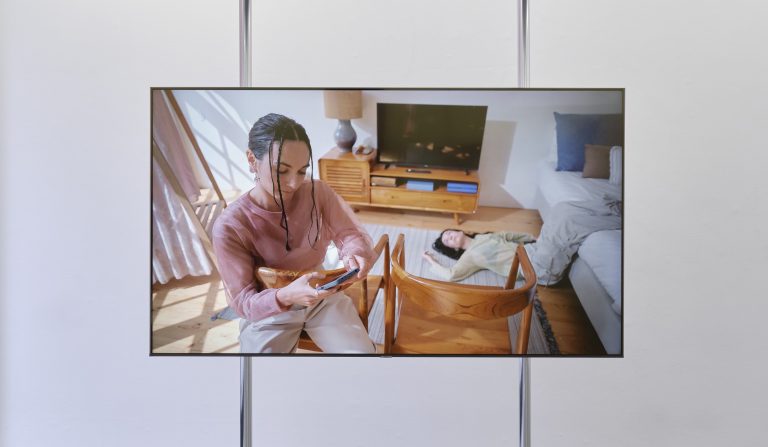In her essay ‘On Style’, Susan Sontag writes: ‘To speak of style is one way of speaking about the totality of a work of art. Like all discourse about totalities, talk of style must rely on metaphors. And metaphors mislead.’ Citing one particular misleading metaphor by Walt Whitman, who likens style to a curtain, she argues that it is erroneous ‘to conceive of style as a decorative encumbrance on the matter of the work’, as this ‘suggests that the curtain could be parted and the matter revealed; or, to vary the metaphor slightly, that the curtain could be rendered transparent’. [1] Style is approached by Sontag back to front, introduced through imprecise metaphors and antithesis, rather than being tackled head on. In many ways this is how we conceive of style: as a tricky and unpredictable set of cultural values that can take precedence over relatively fixed ‘objective’ values.
Barbara Kneževic’s pleasure ’scapes evidences style as a working methodology as well as a glossy coat, a material language, and a set of inexact metaphors. A large-scale installation comprised of a number of precisely arranged and repeated structures, pleasure ’scapes employs pattern, texture, and materials such as brass, plants, and ceramics. Design motifs operate decoratively throughout to present a distinct aesthetic. On entry, a long brass railing leads us around a corner into the main gallery. The installation is set shy from the gallery walls, a decentred sculptural network in a dim room. More brass rails at varying heights form a complex array of display structures. Anchored by snake plants, smooth curved stones, red spiralling ceramics, and earth, these structures provide platforms for black hand-built pots and other freestanding materials; they also support vertically hanging cotton cords and thick strings of bulbous resin encasing dangling gold chains. Draped across the beams hang pieces of Lycra swimwear and leggings in an abstract print.
Barbara Kneževic
pleasure ’scapes, 2021
Photo: Louis Haugh
A rich set of visual references comes to mind when viewing the exhibition. Snake plants and curved stone forms are reminiscent of wellness centres. The deftly arranged objects are presented like products in a retail display. The work seems cognisant of how nature might be consumed within capitalist production. This is not an incidental geography. The space collects and presents these material comparisons without feeling chaotic. It’s seductive, deliberate, and superficial.
In the exhibition text, Kneževic asserts the material’s abilities to produce emotional intangibilities, what she describes as ‘a sensitive bodily worlding’. The text collects flowery adjectives and noncount nouns such as intelligence, joy, culture, intensity. It hums with a bold confidence, full of affirmations like those employed in manifestation techniques. The exhibition title is picked out in its own decorative typeface, operating as branding and demonstrating some of language’s own sculptural qualities. Yet, if I take the exhibition text at face value, I’m left feeling short-changed. Rather than providing clarity, the text oversells the installation’s advantages to our well-being. The physical structures in the gallery are slick, lacking the joyful material interrogation described. Curved stone forms and gloopy resin seem to welcome and nurture contemplation, but the other elements in the arrangement feel somehow deracinated – even hostile. These juxtapositions, between the text and the material reality, in fact seem to play on tensions already evident in the work.
Barbara Kneževic
pleasure ’scapes, 2021
Photo: Louis Haugh
Frustration plays a key part in pleasure and well-being. According to Amber Trotter, while technologies may give us the ability to live out our fantasies, they also present dangers, playing with the algebra of desire and its obstacles. With reference to Adam Phillips, she argues that ‘frustration generates the capacity to think – to figure out what is wrong and to imagine possibilities for satisfaction – to know our own desire. Under circumstances of too little frustration, we fail to learn what we really want and are superficially satisfied (pacified) with the cheap thrills of instant gratification’. [2] A more critical work such as Sara Ahmed’s The Promise of Happiness (2010) demonstrates how happiness (and the imperative to be happy, assumed as universal) can be used to justify systems of oppression. Similarly, positing desire as a primary aim limits criticism. In pleasure ’scapes, the installation outlines itself as a site of pleasure with immediate, yet abstract, benefits that are difficult to disprove. Modelling itself on displays of habitat, rather than genuine living spaces, the work constructs an aspirational landscape in which pleasure is shown rather than experienced.
Barbara Kneževic
pleasure ’scapes, 2021
Photo: Louis Haugh
Within the exhibition, stylistic comparison seems to be the primary working methodology, providing the rationale for the placement of materials. The sculptural installation is reminiscent of the influx of pop-up spaces that create experiences and concepts, imbuing products with social and cultural importance; such spaces exemplify how materials are employed within capitalist systems, using style as a device that can reassign material value. In many ways, the work reiterates these dynamics rather than subverting them. It partakes in a shared aesthetic language with sites – like the spa or a fashion show – that produce and sell well-being or promote aspirations of success and desire through the sale of goods. It is increasingly common to encounter this kind of lifestyle commodification within the contemporary art gallery; corporate crossovers are more and more common for art spaces that need to ‘get creative’ with funding.
There is a critique to be developed here, but pleasure ‘scapes, with its heavily stylised text and installation, flips such criticality on its head. It inverts cerebral critical modes, forcing us to engage with opaque sculptural bodies. In place of critical exposition, we experience a deeply ambivalent surface tension. Style is demonstrated as operational rather than decorative. By situating her work somewhere between Sontag’s and Whitman’s descriptions of style – both in the totality of the work and its ‘decorative encumbrance’ – Kneževic is pointing at the distraction.
Notes
[1] Susan Sontag, Against Interpretation, and Other Essays (New York: Farrar, Straus & Giroux, 1966), 19.
[2] Amber Trotter, ‘Living Dreams, Dreaming Nightmares’ (lecture, Association for Psychoanalysis, Culture, and Society Conference, 13–15 October, 2016), http://freudians.org/living-our-dreams-or-dreaming-our-nightmares/.
[3] Sara Ahmed, The Promise of Happiness (Durham, NC: Duke University Press, 2010).
Siuán Ní Dhochartaigh is an artist and writer based between Glasgow and Dublin.


